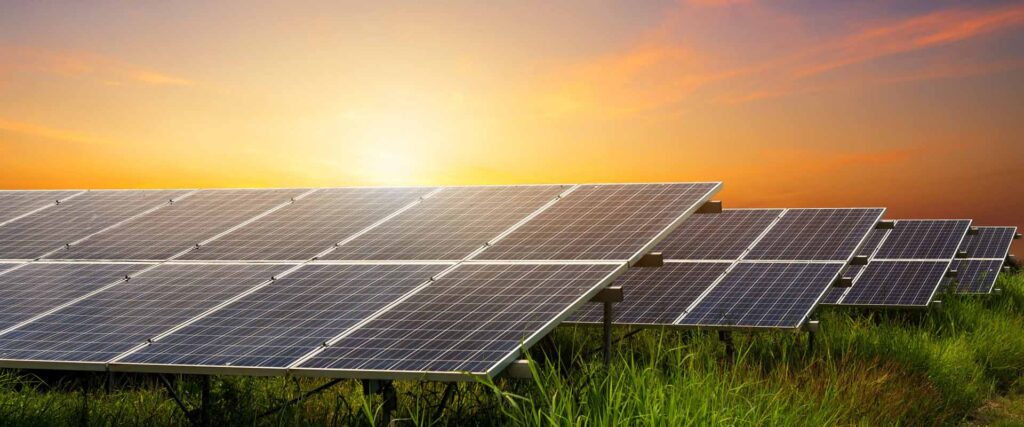Energy Storage
Energy storage presents a significant opportunity in India’s energy sector, as it addresses critical challenges related to grid stability, intermittent renewable energy sources, and the increasing demand for reliable power supply. Here are some key aspects of the energy storage opportunity in India:

1.Integration of Renewable Energy:
- Energy storage systems can mitigate the intermittency and variability of renewable energy sources like solar and wind, making them more reliable and grid-friendly.
2.Grid Stability and Reliability:
- Energy storage can enhance grid stability by providing rapid response services such as frequency regulation, voltage support, and peak load management.
3.Reduced Transmission and Distribution Losses:
- Energy storage can reduce transmission and distribution losses by optimizing the flow of electricity and minimizing wastage during power transmission.
4.Residential and Commercial Applications:
- Energy storage solutions are gaining popularity among residential and commercial consumers for backup power, peak shaving, and load management.
5.Off-Grid and Remote Areas:
- In remote and off-grid areas, energy storage, coupled with renewable sources, can provide reliable electricity access, reducing dependence on diesel generators.
6.Electric Vehicle Charging:
- Battery energy storage is crucial for supporting the growth of electric vehicles (EVs) by providing fast-charging infrastructure and grid support to manage EV load.
7.Microgrids and Islanded Systems:
- Energy storage is essential for creating microgrids and islanded systems that can operate independently during grid failures or in remote locations.
8.Backup Power for Critical Infrastructure:
- Hospitals, data centers, and critical infrastructure facilities can benefit from energy storage to ensure uninterrupted power supply during emergencies.
9.Energy Arbitrage:
- Energy storage systems can buy electricity during off-peak hours when prices are low and sell it during peak demand, offering cost savings.
10.Energy Access for Rural Areas:
- Energy storage can provide sustainable and clean power solutions for rural electrification projects, promoting economic development in underserved regions.
11.Demand Response:
- Energy storage enables demand response programs, allowing consumers to reduce peak demand and lower electricity bills.
12.Hybrid Power Plants:
- Combining energy storage with existing power plants, like coal or gas, can improve efficiency and reduce emissions by providing rapid response to fluctuations in demand.
13.Innovations and Research:
- India’s growing emphasis on research and innovation in energy storage technologies creates opportunities for startups and technology providers.
14.Government Initiatives and Incentives:
- Government incentives, subsidies, and policies support the deployment of energy storage projects, making it an attractive investment.
15.Energy Security and Reliability:
- Energy storage contributes to energy security by reducing dependence on fossil fuels and ensuring a stable power supply.
Investing in energy storage technologies, such as lithium-ion batteries, advanced flow batteries, and thermal energy storage, can yield substantial returns in India's evolving energy landscape. Collaboration with research institutions, industry partnerships, and participation in government initiatives like the National Energy Storage Mission can further bolster the energy storage market in India. However, addressing regulatory and financing challenges, along with creating a supportive ecosystem for energy storage adoption, remains crucial for maximizing this opportunity.
Investing in energy storage technologies, such as lithium-ion batteries, advanced flow batteries, and thermal energy storage, can yield substantial returns in India's evolving energy landscape. Collaboration with research institutions, industry partnerships, and participation in government initiatives like the National Energy Storage Mission can further bolster the energy storage market in India. However, addressing regulatory and financing challenges, along with creating a supportive ecosystem for energy storage adoption, remains crucial for maximizing this opportunity.
